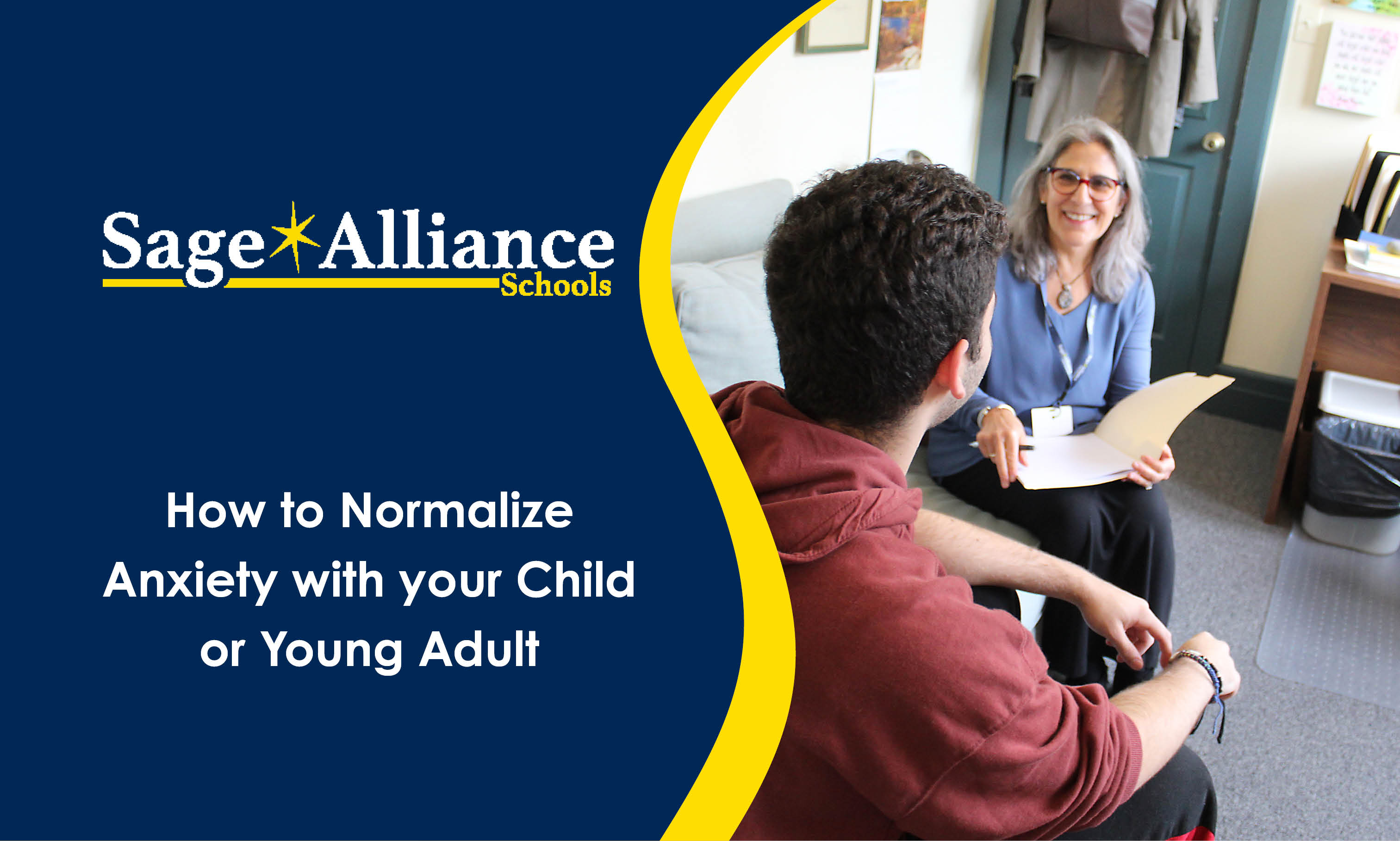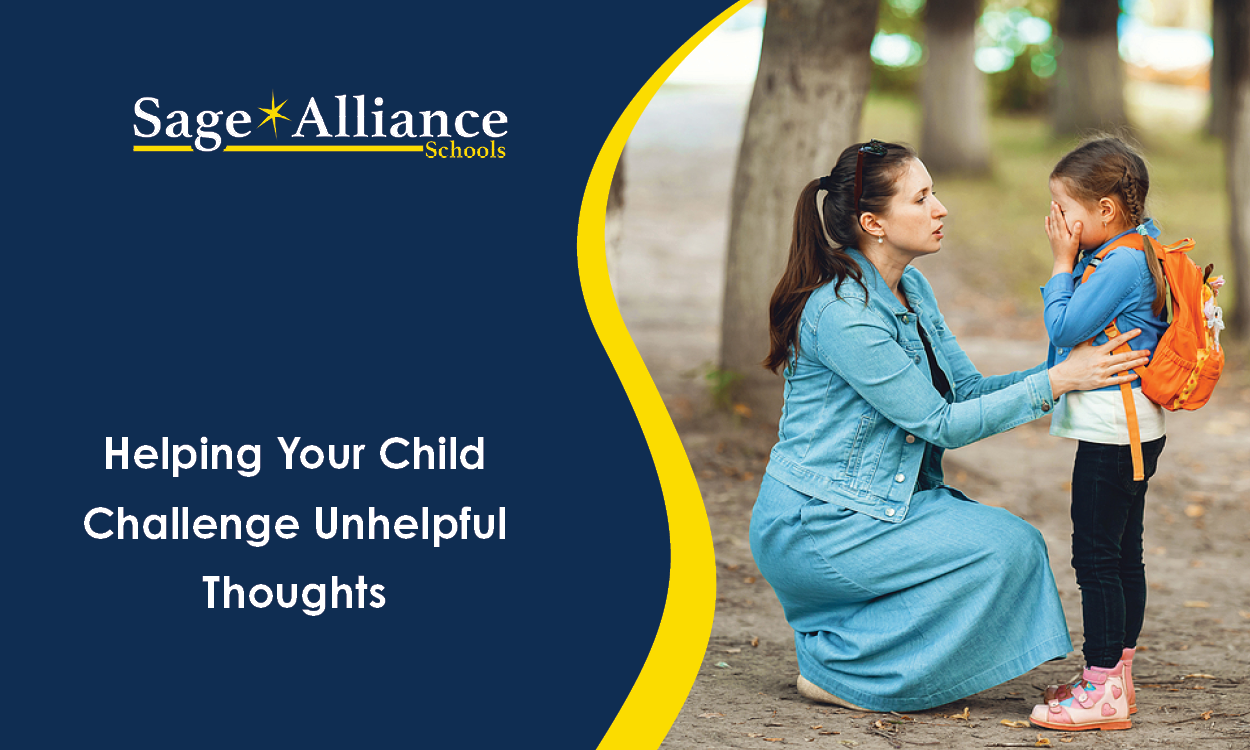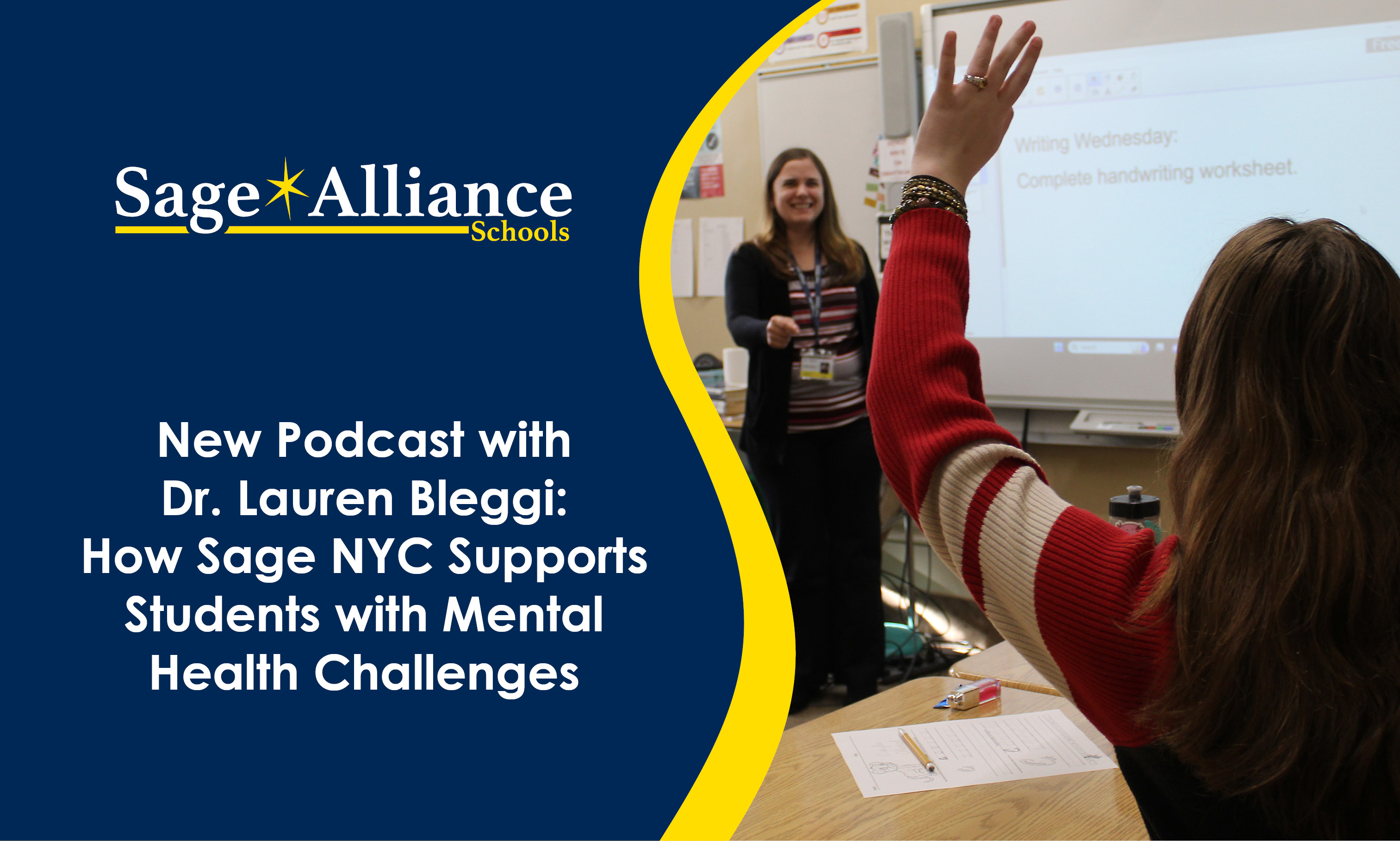How to Normalize Anxiety with your Child or Young Adult
Posted: November 18, 2024 | Written By: Katie Fitzgerald | Category: Teen Anxiety

Normalizing anxiety with your child is an important step in helping them manage their emotions and develop healthy coping mechanisms. Here are some effective strategies to achieve this:
Open Communication
Establish an environment where your child feels comfortable discussing their feelings. Set aside regular time for one-on-one conversations, creating opportunities for your child to open up about their anxieties. When they do share, listen without judgment and validate their emotions.
Educate and Validate
Explain to your child what anxiety is, and that for most people, anxiety is a normal part of life. Let them know that it's okay to feel anxious sometimes, and that many people experience these feelings. Share age-appropriate information about what anxiety is and how it affects the body and mind.
Model Healthy Coping
Children often mirror their parents' behaviors, so it's crucial to demonstrate healthy ways of managing anxiety. Practice and share your own coping strategies, such as deep breathing or mindfulness techniques. When you experience anxiety, talk about it openly with your child and explain how you're handling it.
Teach Coping Strategies
Help your child develop a toolkit of coping mechanisms:
- 5-4-3-2-1 Exercise: Have the child name 5 things they can see, 4 things they can touch, 3 things they can hear, 2 things they can smell, and 1 thing they can taste.
- Body scan: Guide the child to focus on each part of their body, noticing any sensations without judgment.
- Deep breathing: Teach them how to take slow, deep breaths to calm their body and mind.
- Challenge unhelpful thoughts: Guide them in identifying and questioning anxious thoughts.
- Break down tasks: Help them divide overwhelming tasks into smaller, manageable steps.
- Role-play: Practice scenarios that cause anxiety to build confidence.
Create a Supportive Environment
Ensure your child feels supported and understood:
- Express confidence in their ability to handle challenging situations.
- Avoid overprotecting or removing them from anxiety-inducing situations, as this can reinforce avoidance.
- Encourage them to face their fears gradually, providing support along the way.
Maintain Routine and Structure
Establish consistent routines and clear expectations to provide a sense of security and predictability, which can help reduce anxiety.
Seek Professional Help When Needed
When your child or young adult’s anxiety begins to significantly impact their day-to-day life, like experiencing school avoidance, and you're struggling to manage it, don't hesitate to consult a mental health professional for additional support and guidance. Some indications of an anxiety disorder may include persistent anxiety, chronic sleep challenges, chronic indigestion, panic attacks, among others. These are signs that you may benefit from additional support from a mental health professional.
By implementing these strategies, you can help normalize anxiety for your child, teaching them that it's a manageable part of life rather than something to be feared or avoided. Remember, the goal is not to eliminate anxiety entirely, but to equip your child with the tools to understand and cope with it effectively.
Want to be notified of new articles and resources from Sage Alliance? Click here to submit your email and opt into our newsletter.









